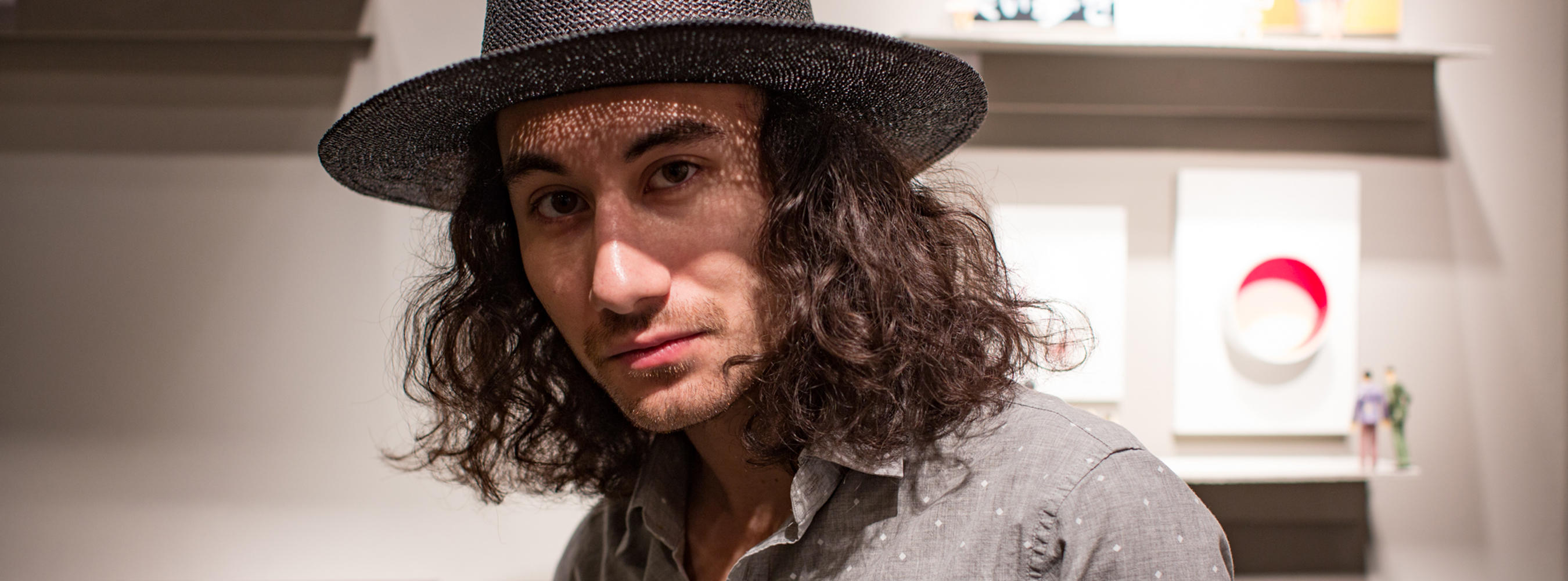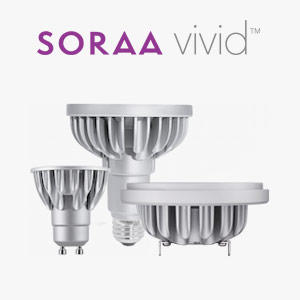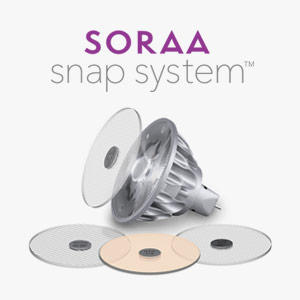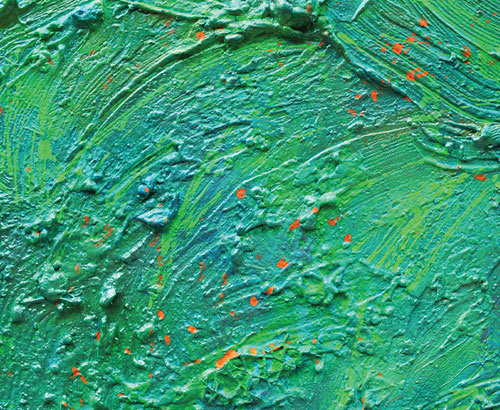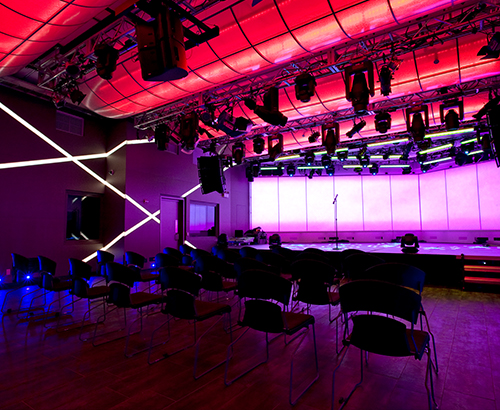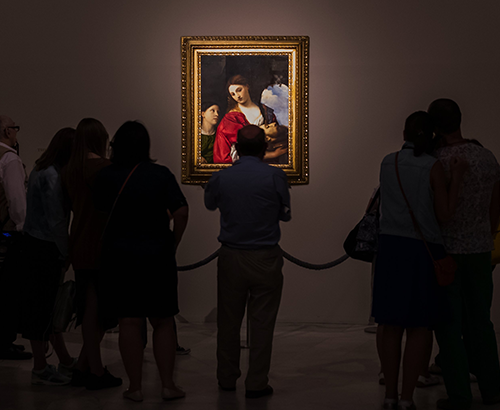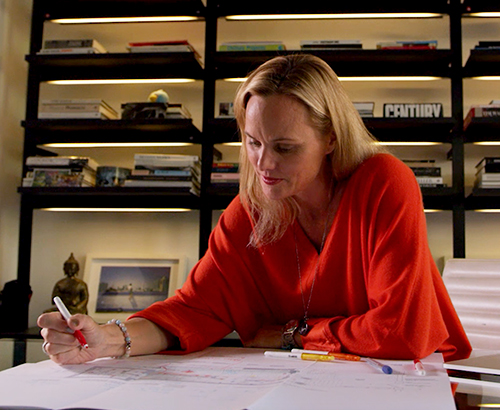Torchlight Series: Talking Art, Creative Inspiration, and Light with Sei Smith
January 2018 - by SORAA
I like this
During Art Basel, the world-renowned art fair in Miami this past December, we partnered with Superfine!—a fast-growing, hyper-curated art fair that spotlights up-and-coming contemporary artists. As part of our collaboration, we lit the artwork of Apostrophe Gallery, the iconoclastic art gallery created in 2012 by two NYC-based brothers, Sei and Kei Smith.
We were able to spend some time with Sei Smith. He told us that after growing up in New York City, he attended the School of the Art Institute of Chicago where he developed a love of minimalism. His work pushes into the nuances of individual perception, and he prefers to create work that can be interactive and interpreted with fluidity. He shared with us his inspirations and discussed how light impacts the way he creates.
Tell us a little bit about your internal inspiration and how that influences the work you do and the way you want others to view your work.
I guess when I’m thinking about making work, the inspiration is less internal and more kind of looking at the trajectory of our history. Like, seeing a painting and seeing which artists did this and broke down painting in this way or had to describe image-making in a certain way, and then trying to see that and following a train of thought that has been going on for centuries and trying to think into the future. And think, “OK, if I can see a pattern here, or train of thought, where can I help move this path or this trajectory of ours?”
How do light and color play into your work and creative process?
Well, recently, I just started doing these paintings with fluorescent colors, which bounce off the wall a little bit. So, the light comes in and hits the white and bounces into the color and reflects the color back into the wall, and that’s kind of changed the way I think about color and light. Because the whole composition of the painting is made with light—reflected light. So, I guess now, when I look around, I see shadows, I see these compositions that could become paintings, and it’s not just that I could paint the shadows, but these shadows could literally be the paintings.
What other artists and art forms inspire you?
Let's see, a lot of different things inspire me. I’ve always enjoyed the art of the ‘60s, like the minimalists and the land artists. I guess it’s the end of modernism, where people have these thesis statements, and it’s almost like creating essays and it’s this concise and very humanly contrived statement that they’re making. It’s just kind of a funny thing. In a world like now, it’s kind of a postmodern existence where everyone sees fragmented influences and inspirations and images all compiled on top of each other, so it was nice at a time when that was going, but people were genuinely making statements without any knowledge of the surrounding chaos around them.
How has your art evolved over the years?
When I first started making art, I was trying to paint realistically, and to draw realistic [images], because I thought I had to get these skills to my hands first. But I always wanted to do abstract painting! Just reading, you hear lots of these great abstract painters and conceptual artists really have the training in their hands, and I feel like there’s something to that. Because art is such a physical medium, and to have all of the different techniques in your body, I think, helps inform where your art goes. So, it’s changed from being more literal to getting more abstract and getting more conceptual. I guess it’s in my body and it suddenly comes out, and it’s in my head…it’s getting more and more out of my body as I keep making art.
